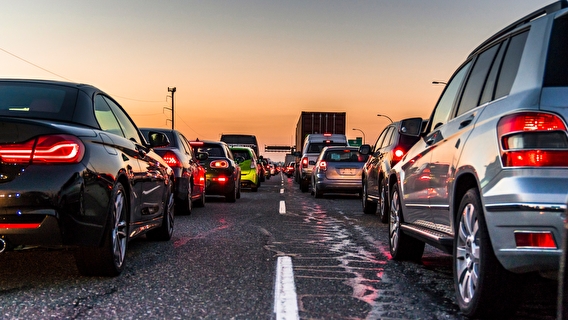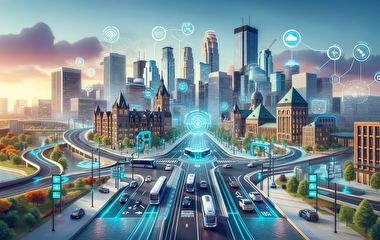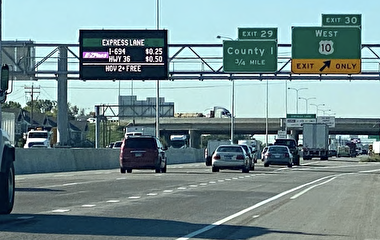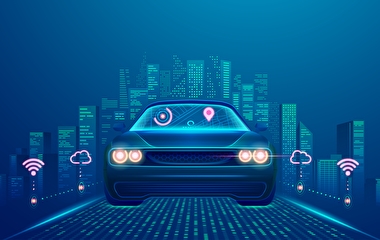
Human drivers and autonomous vehicles (AVs) will soon be sharing the road, leaving transportation practitioners wondering what impact this will have on traffic flows. Being able to accurately model and simulate real-world traffic fluctuations—in which drivers react differently to the same situation—is a critical step in being able to test AV systems in realistic simulations.
U of M researchers, however, found that current microscopic traffic-following models lack sufficient detail to accurately model the development of traffic waves. “The majority of the existing models use data that was either not entirely accurate or not explicitly collected to capture oscillatory traffic conditions,” says Raphael Stern, an assistant professor with the Department of Civil, Environmental, and Geo- Engineering. “Plus, these models were not calibrated to capture the development of stop-and-go waves.”
Using a newly available dataset, Stern’s team set out to develop and calibrate three models for the realistic simulation of stop-and-go traffic conditions. The new data used for the study was collected in a previous project on an experimental track in the absence of external factors that may be a trigger for traffic waves; therefore, it shows the development of traffic instabilities due to human driving behavior alone.
“To the best of our knowledge, this is the most comprehensive microscopic car-following trajectory data to exclusively consider oscillatory traffic conditions in a controlled environment,” Stern says.
The researchers used the novel dataset to build three models, then calibrated each model individually and compared them based on microscopic properties of simulated traffic flow. For each model, five traffic flow metrics were constructed to compare the flow-level characteristics of the simulated traffic. They found that the calibrated models show the variability of individual driver behavior.
“The calibrated microscopic models we developed in this study will allow for more nuanced traffic simulations,” Stern says. “This will be critical for understanding how traffic instabilities arise and propagate, and how the presence of more vehicles with autonomous capabilities might influence traffic flow.”
The research was sponsored by CTS.
Writer: Megan Tsai


